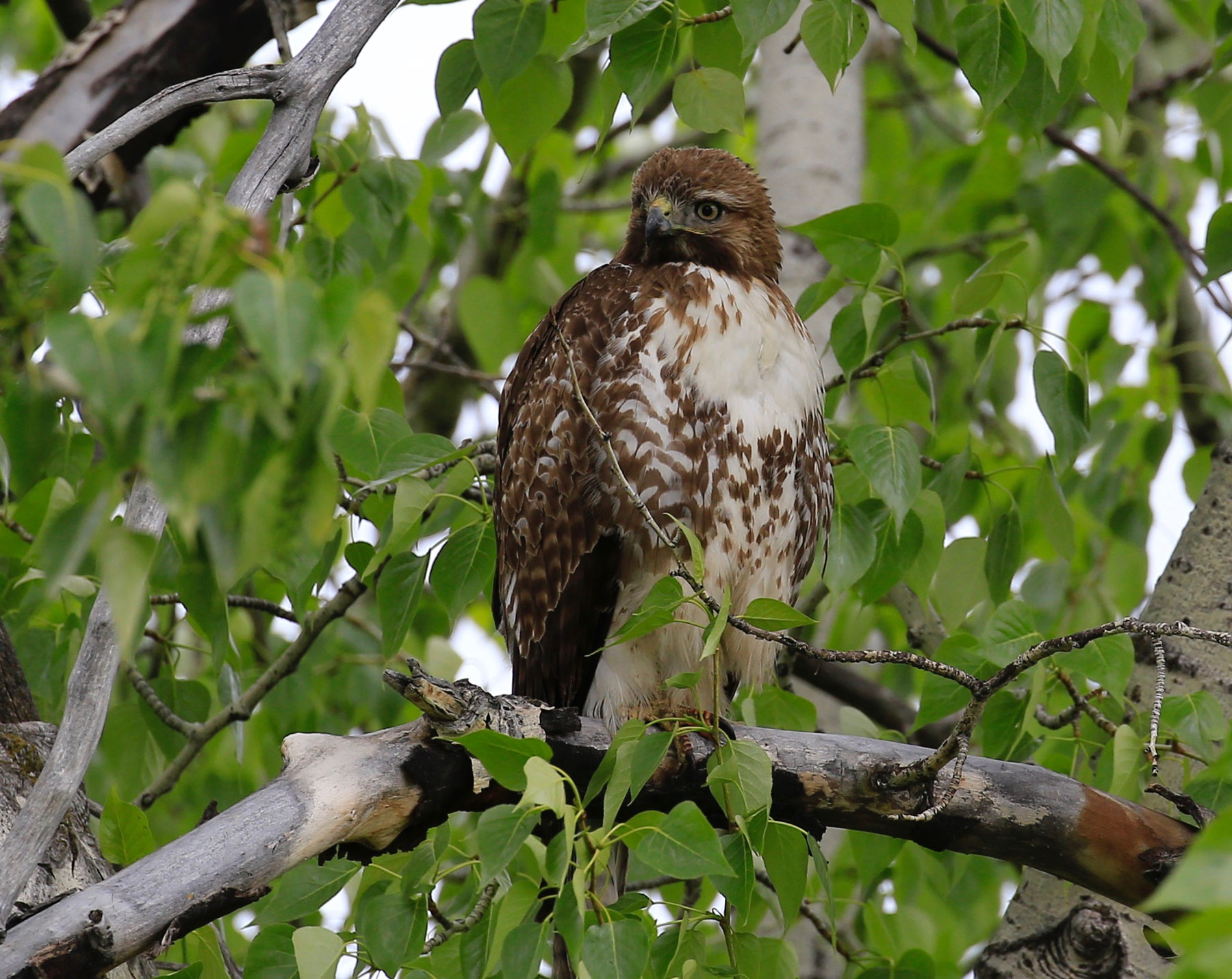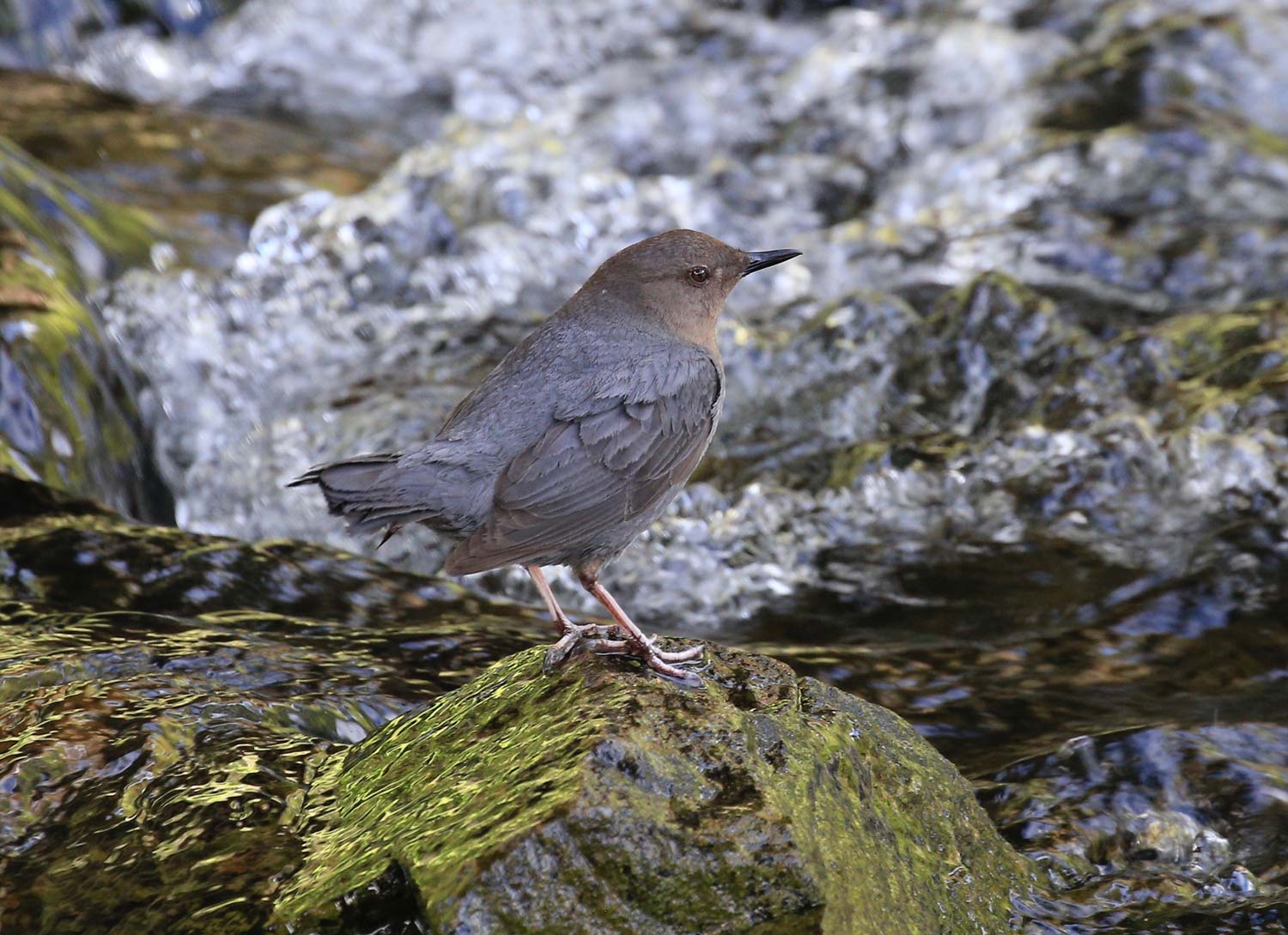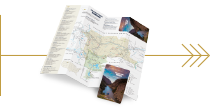In Yellowstone Country, we share our big skies with more than 400 bird species, from the melodic western meadowlark to the brilliant mountain bluebird. The region offers prime birding — especially in the spring and fall — thanks to diverse habitats and migratory corridors like the Bridger Mountains, one of North America’s busiest golden eagle routes. Even in winter, thermal features and geyser basins provide refuge for hardy year-round residents.
Start discovering now.
Get your free travel packet
& Montana Birding Guide

WHERE TO BIRD-WATCH
Bozeman Fish Technology Center/Drinking Horse MountainTrail/“M” Trail
Just 5 miles from downtown Bozeman, the fish hatchery along Bridger Creek offers a peaceful spot filled with cottonwood, willow and Douglas fir—perfect for spotting a wide range of birds. Across the road, the “M” and Bridger Foothills trails are home to species like Townsend’s solitaires, lazuli buntings, green-tailed towhees and chipping sparrows. The nearby Drinking Horse Mountain Trail is another favorite. Look for belted kingfishers and American dippers near the creek and watch for mountain chickadees, Clark’s nutcrackers and red-breasted nuthatches as you climb. Also listen for yellow-rumped warblers and ruby-crowned kinglets. Raptors often circle overhead near the summit.
Triple Tree Trail

Red-tailed Hawk, photographed by Lou Ann Harris
This trail transitions from open grasslands to shaded forest, creating a perfect corridor for bird diversity. In the lower sections, look for vespers and Savannah sparrows among the grasses. Brushy areas near Limestone Creek attract ruffed grouse, veery, calliope hummingbirds and Lincoln’s sparrows. As you climb into the Douglas fir and lodgepole pine forests, keep your eyes out for Cassin’s vireos, Swainson’s thrushes, American redstarts and western tanagers. With so many habitats in one short hike, Triple Tree is one of the Gallatin Valley’s best birding spots. Find the trailhead about 3.2 miles south of Kagy Boulevard on Sourdough Road.
Missouri Headwaters State Park/Trident-Peregrine Trail
At the confluence of the Jefferson, Madison and Gallatin rivers, this state park is a magnet for both breeding and migratory birds. Soaring overhead in summer, you might spot American white pelicans and turkey vultures. Along the Trident-Peregrine Trail, look for peregrine falcons, white-throated swifts and canyon wrens nesting in the cliffs. Around Fort Rock, western and eastern kingbirds share space with rock wrens. The old Trident townsite, just a mile past Fort Rock, is a good stop during spring and fall for migrating passerines. Please respect posted “No Trespassing” signs. Follow signs to the park from the Three Forks exit on I-90 and take Highway 286 to reach Fort Rock.

American Dipper, photographed by Lou Ann Harris
Red Rock Lakes National Wildlife Refuge
Set against the rugged Centennial Mountains, Red Rock Lakes NWR is a remote, high-altitude refuge with outstanding birding opportunities. Wetlands here are a haven for wetland species like trumpeter swans, white-faced ibis and black-crowned night herons. Meadows, grasslands and forests also support sandhill cranes, long-billed curlews, peregrine falcons, bald and golden eagles, and various hawks. Warm springs in the valley provide year-round open water and habitat, even in the coldest weather. The refuge was originally established in 1935 to protect the fewer than 70 remaining trumpeter swans. Thanks to ongoing conservation, that number has grown to over 46,000 in North America.
Check out more birding hotspots of the Gallatin Valley and beyond.
Birding Ethics:
- Please observe birds from a distance.
- To avoid stressing birds or exposing them to danger, exercise restraint and caution during observation, photography, sound recording and filming.
- Keep far back from nests and nesting colonies, roosts, display areas and important feeding sites.
- Stay on roads, trails and paths where they exist, and respect private property.
- Keep habitat disturbance to a minimum.
- Practice common courtesy in contact with other birders and recreators.
For more information on birding in Yellowstone Country, visit Sacajawea Audubon Society at sacajaweaaudubon.org







